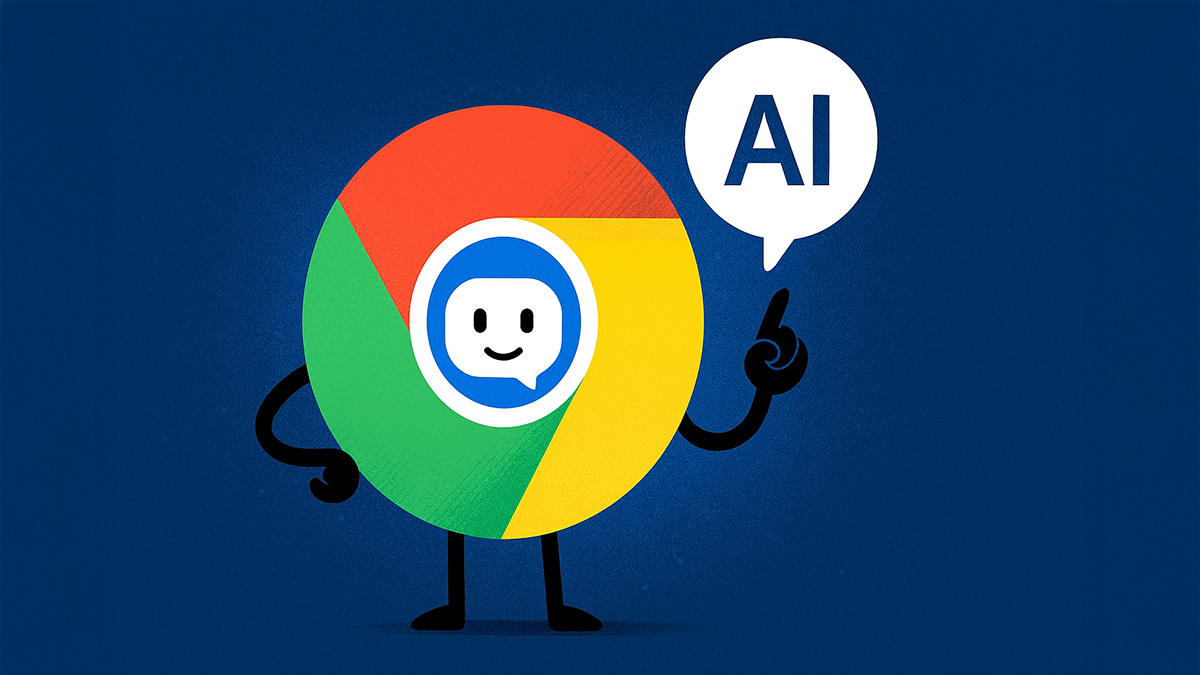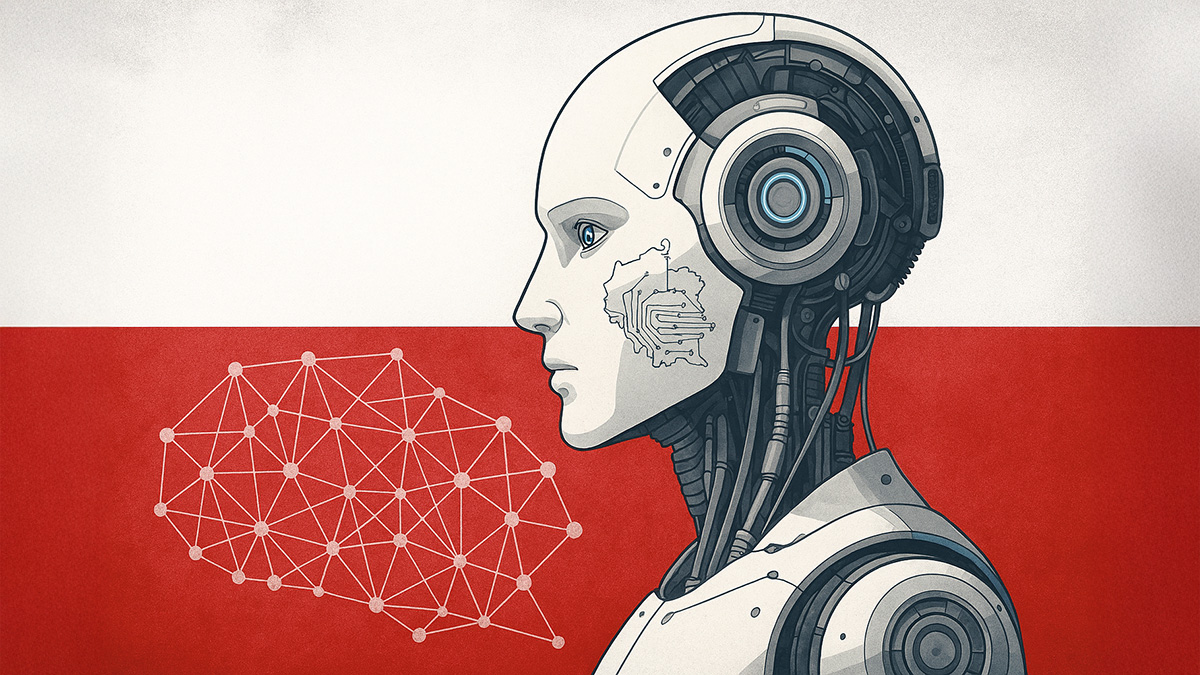- Adoption is mainstream. Stack Overflow’s 2025 Developer Survey finds 84% of developers use AI tools, and 51% of professionals use them daily—but trust is mixed and overall sentiment softened vs. 2024. survey.stackoverflow.co
- Measured productivity gains are real—especially for juniors. A 2025 field experiment inside a large enterprise found AI users completed 26% more tasks, with gains strongest among entry‑level engineers.
- Jobs picture is bifurcating. U.S. software developer roles are projected to grow 15% (2024–2034), while narrower “computer programmer” roles are projected to decline 6%, reflecting task automation. bls.gov
- Entry‑level exposure is real. Using U.S. payroll data, Stanford researchers show employment declines concentrated among new entrants in AI‑exposed occupations since 2023. Stanford Digital Economy Lab
- Quality and security risks persist. Controlled studies show AI‑assisted developers can ship more vulnerable code, and audits find ~25–45% of generated snippets contain weaknesses—unless reviewed and tested. dl.acm.org
- Vendors are shifting from autocomplete to “agents.” GitHub’s Copilot Workspace is now a task‑to‑PR environment; Amazon Q Developer is GA and recognized in Gartner’s new market; Google is deprecating “tools” and moving Code Assist to Agent Mode (Oct. 14, 2025). github.blog
- Leaders are changing how they hire. 66% of managers say they won’t hire candidates without AI skills, and 71% prefer a less‑experienced candidate with AI skills over a more experienced one without them. Source
The question everyone’s asking: will AI replace programmers?
Short answer: AI is reshaping programming work, not eliminating it—but the mix of tasks (and the entry points into the profession) are changing fast.
Economist Daron Acemoglu cautions against over‑exuberance: “Neither economic theory nor the data support such exuberant forecasts” of transformative productivity from current gen‑AI. Project Syndicate By contrast, David Autor argues, “AI, if used well, can assist with restoring the middle‑skill, middle‑class heart of the labor market.” NBER
What do the near‑term labor data say? The U.S. Bureau of Labor Statistics expects software developer employment to rise 15% this decade—well above average—while the narrower “computer programmer” category falls 6% as routine coding tasks are increasingly automated or offshored. In other words, designing systems and shipping products still grows; pure spec‑to‑code work shrinks. bls.gov
A Stanford/ADP analysis adds an important nuance: in occupations most exposed to AI, new entrants bore the brunt of recent employment declines—evidence that AI can compress “apprenticeship” pathways even when overall demand for experienced developers holds up. Stanford Digital Economy Lab
What has actually changed in developers’ day‑to‑day?
1) From autocomplete to agentic workflows.
The tool landscape has moved beyond line‑level suggestions. GitHub’s Copilot Workspace lets developers move from a natural‑language task to a plan → edits → tests → PR workflow in one place. Amazon’s Q Developer adds review, test, and modernization capabilities. And Google has formally deprecated Code Assist “tools” in favor of Agent Mode, which leans on the Model Context Protocol (MCP) to connect safely to repos, build systems, and external data. github.blog
2) Documented productivity lift—with caveats.
A 2025 randomized field experiment reports 26% more tasks completed with gen‑AI, largest for juniors, and no drop in code review acceptance—but also stresses the need for guardrails to sustain gains over time. GitHub’s and partner studies similarly cite up to ~55% faster completion on specific tasks. github.blog
3) Quality & security need adult supervision.
Peer‑reviewed work finds AI‑assisted participants write less secure code than controls; audits across languages find material vulnerability rates in generated snippets. Treat AI output as untrusted until tests and reviews pass. dl.acm.org
4) Mixed sentiment in teams.
Developers love the speedups but report lower trust vs. 2024. Stack Overflow’s 2025 survey shows widespread daily use alongside tempered confidence in accuracy—an indicator that evaluation, testing, and policy matter as much as raw capability. survey.stackoverflow.co
Expert voices: what industry leaders say
- Daron Acemoglu (MIT): “Neither economic theory nor the data support such exuberant forecasts” of an AI productivity boom—expect modest economy‑wide gains without policy choices that favor augmentation over blunt automation. Project Syndicate
- David Autor (MIT): “AI, if used well, can assist with restoring the middle‑skill, middle‑class heart of the labor market.” NBER
- Thomas Dohmke (GitHub CEO): Developers using Copilot are “happier, more satisfied, more fulfilled now that they no longer have to do all the repetitive tasks,” with measured speedups reported in trials. The Verge
- MIT Sloan Review (Aug. 2025): Gen‑AI can boost output but unmanaged deployment piles on technical debt, especially in legacy (“brownfield”) systems. MIT Sloan Management Review
Where the market is heading (2025–2027)
Agentic development becomes the default.
Benchmarks like SWE‑bench Verified now evaluate end‑to‑end bug fixing on real repos, and vendors are layering planning + tool use + multi‑file edits into IDEs. Still, researchers warn these tests don’t yet capture the full messiness of production systems—so treat leaderboards as directional, not dispositive. OpenAI
Platform consolidation with governance.
Enterprises are standardizing on a few assistants/agents with policy, logging, and secrets hygiene—partly to rein in IP and security risk (e.g., preventing model memorization and prompt‑injection). Expect tighter integration with policy engines, SBOMs, and SAST/DAST pipelines by default. Evidence from security and academic studies supports “trust, but verify” for AI‑authored code. dl.acm.org
Hiring flips toward “AI aptitude.”
LinkedIn/Microsoft’s Work Trend Index shows leaders won’t hire without AI skills; many would pick a less‑experienced but AI‑fluent candidate over a more experienced one without those skills. That’s great news for AI‑literate juniors, but it also raises the bar on fundamentals and team‑fit. Source
Legal environment: still moving, but clearer.
In the GitHub Copilot litigation, the court dismissed many claims in January 2024 while allowing limited theories to proceed; other AI training‑data suits (e.g., Google) also saw partial dismissals, with leave to amend. Companies should maintain attribution, policy controls, and training‑data disclosures as the case law evolves. Justia Law
What this means for junior engineers
The bar has moved—but so have the ladders. Juniors who master AI‑assisted engineering can surpass yesterday’s throughput, but you’ll be judged on what you ship and how safely you ship it. Here’s a pragmatic roadmap:
- Own the “last mile”: testing and review.
Make automated tests your signature. Treat AI output as untrusted until covered by tests and code review; cite security pitfalls from the literature when you propose mitigations. dl.acm.org - Build “agent literacy.”
Learn one IDE‑native agent flow end‑to‑end (e.g., Copilot Workspace or Google’s Agent Mode), including plan critique, scoped multi‑file edits, and PR hygiene. Document your process in READMEs so reviewers can see your judgment, not just your prompts. github.blog - Demonstrate system thinking.
Ship small but complete features: schema change → API → UI → tests → rollout/rollback. Hiring managers increasingly prize architecture, correctness, and observability over raw typing speed (and the WTI data say they value AI aptitude). Source - Lean into “applied domain + code.”
AI levels some syntax barriers; domain knowledge (payments, healthcare, logistics) is now a differentiator. Show how you translate messy requirements into working software. - Contribute in public—safely.
Pick repos with strong CI; use AI to triage issues, propose doc/test improvements, and then graduate to well‑scoped bug‑fix PRs. Benchmarks like SWE‑bench Verified are good practice, but real PRs on real projects carry more weight. OpenAI - Signal AI skills explicitly.
Because 66% of leaders screen for AI skills, list the specific assistants/agents, evaluation practices (e.g., unit + property tests), and security tools you use. Source
What engineering leaders should do next
- Publish a “responsible AI in SDLC” policy: where AI may be used, where it must not (e.g., cryptography/auth), and what review gates apply. Back it with audits and logs. Evidence shows guardrails are essential to avoid shipping vulnerabilities. dl.acm.org
- Standardize agent workflows (don’t let every team roll their own). The industry is converging on agent modes integrated with IDEs and CI; select a primary and a fallback, wire both to your secrets, SBOM, and scanners. Google Cloud Documentation
- Reinvent apprenticeship. Juniors are still learning by doing—now with an AI copilot. Pair them with human mentors, assign review‑heavy tasks first, and measure progress with quality metrics, not keystrokes. The best evidence shows juniors benefit most from AI when guardrails are present.
- Evaluate with rigorous trials. Don’t rely on vendor demos. Run A/Bs on real tasks (time‑to‑merge, defect escape, rework). GitHub and others publish measurement frameworks you can adapt. GitHub Resources
- Invest in training. Only 39% of employees report receiving AI training, yet leaders demand AI aptitude. Close the gap. Source
The entry‑level squeeze, explained
Why are juniors feeling the pinch even as developer demand stays strong?
- Task compression. Autocomplete/agents collapse many “first‑rung” chores (boilerplate, simple tests, minor refactors), so teams hire fewer pure implementers and more problem framers. BLS’s diverging projections (developers up, programmers down) mirror that shift. bls.gov
- Experience bias in downturns. Stanford’s ADP‑based analysis shows AI‑exposed occupations disproportionately trimmed new entrants in 2023–24—consistent with leaders keeping fewer but more senior devs while adopting AI. Stanford Digital Economy Lab
- Risk management. Security and IP concerns make some orgs reluctant to let novices “drive” AI without strong testing/controls—another reason apprenticeship needs intentional redesign. dl.acm.org
Bottom line for juniors: AI hasn’t closed the door; it’s moved the handle. If you can pilot agents, prove correctness, and ship features end‑to‑end, you’re competing for a bigger, better job—just at a higher bar.
Frequently cited sources (latest & most relevant)
- Developer usage & trust: Stack Overflow Developer Survey 2025. survey.stackoverflow.co
- Field evidence on productivity: Cui et al., 2025 randomized trial on gen‑AI and software engineers.
- Jobs outlook: U.S. BLS Occupational Outlook (Software Developers up 15%, Programmers down 6%). bls.gov
- Entry‑level impact: Brynjolfsson, Chandar, Chen, Canaries in the Coal Mine? (Stanford Digital Economy Lab / ADP). Stanford Digital Economy Lab
- Security risks: Perry et al., “Do Users Write More Insecure Code with AI Assistants?”; Veracode audit of Copilot‑generated code. dl.acm.org
- Tooling shift to agents: GitHub Copilot Workspace previews; Google Code Assist Agent Mode deprecations (Oct. 14, 2025); Amazon Q Developer & Gartner market. github.blog
- Hiring preferences: Microsoft/LinkedIn Work Trend Index 2024 (66% won’t hire without AI skills; 71% prefer AI‑skilled junior over non‑AI senior). Source
- Expert commentary: Acemoglu, “Don’t Believe the AI Hype” (Project Syndicate); Autor, NBER paper; GitHub CEO interview. Project Syndicate
So…will AI replace programmers?
No—at least not the ones who design, verify, and deliver software. AI is increasingly good at drafting code and, via agents, editing multiple files and running tests. But companies are hiring for judgment, systems thinking, and safety—capabilities that determine whether AI‑drafted code becomes durable, secure software. That’s why developer jobs continue to expand, even as some entry‑level pathways compress and routine programming roles decline. bls.gov
Actionable takeaway: whether you’re a junior applying for your first role or a CTO planning 2026 budgets, the winning strategy is the same—pair AI with rigorous engineering. Measure it, govern it, and teach it to your teams. The organizations (and devs) that do this now will set the standard for everyone else. GitHub Resources








